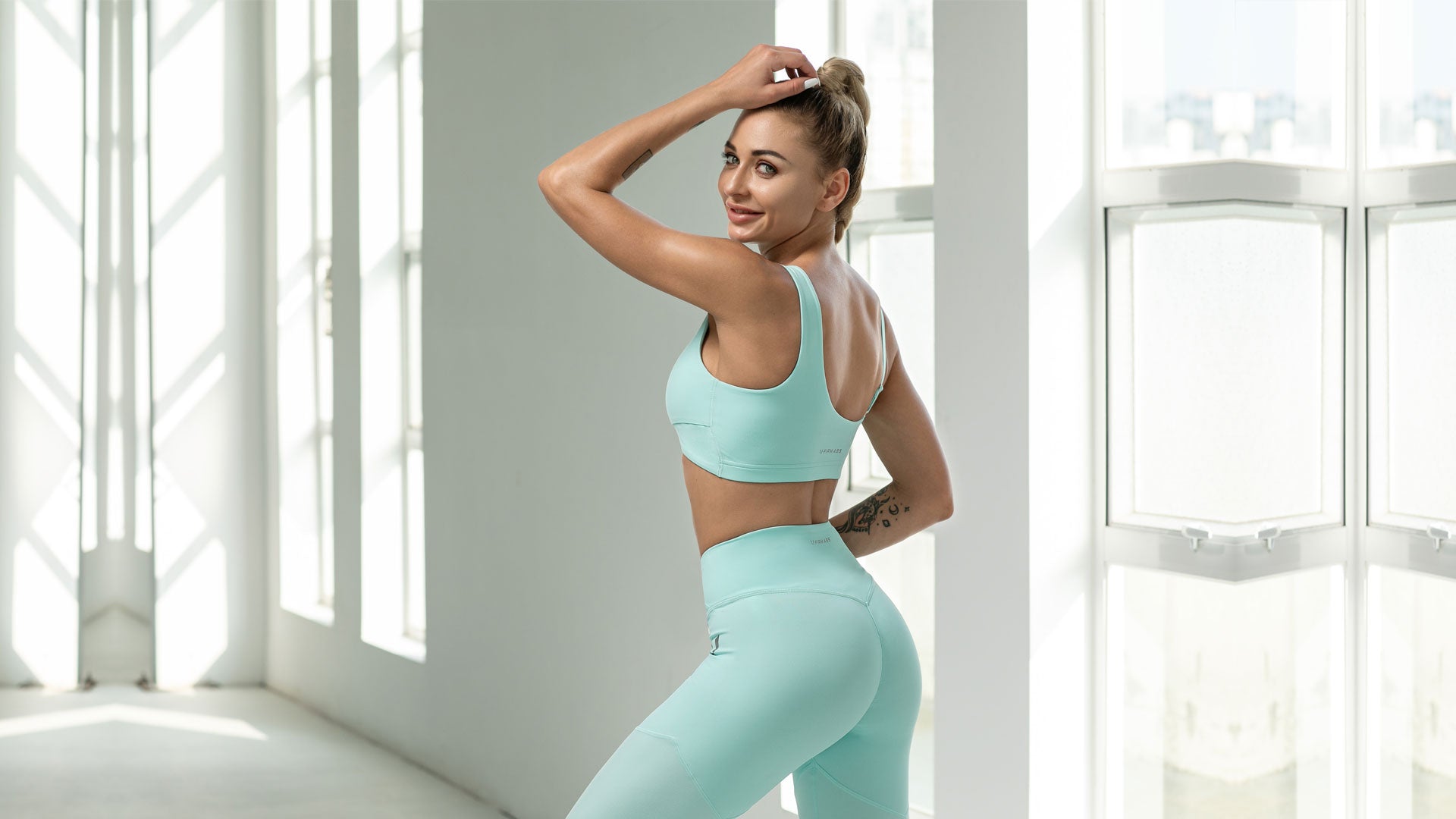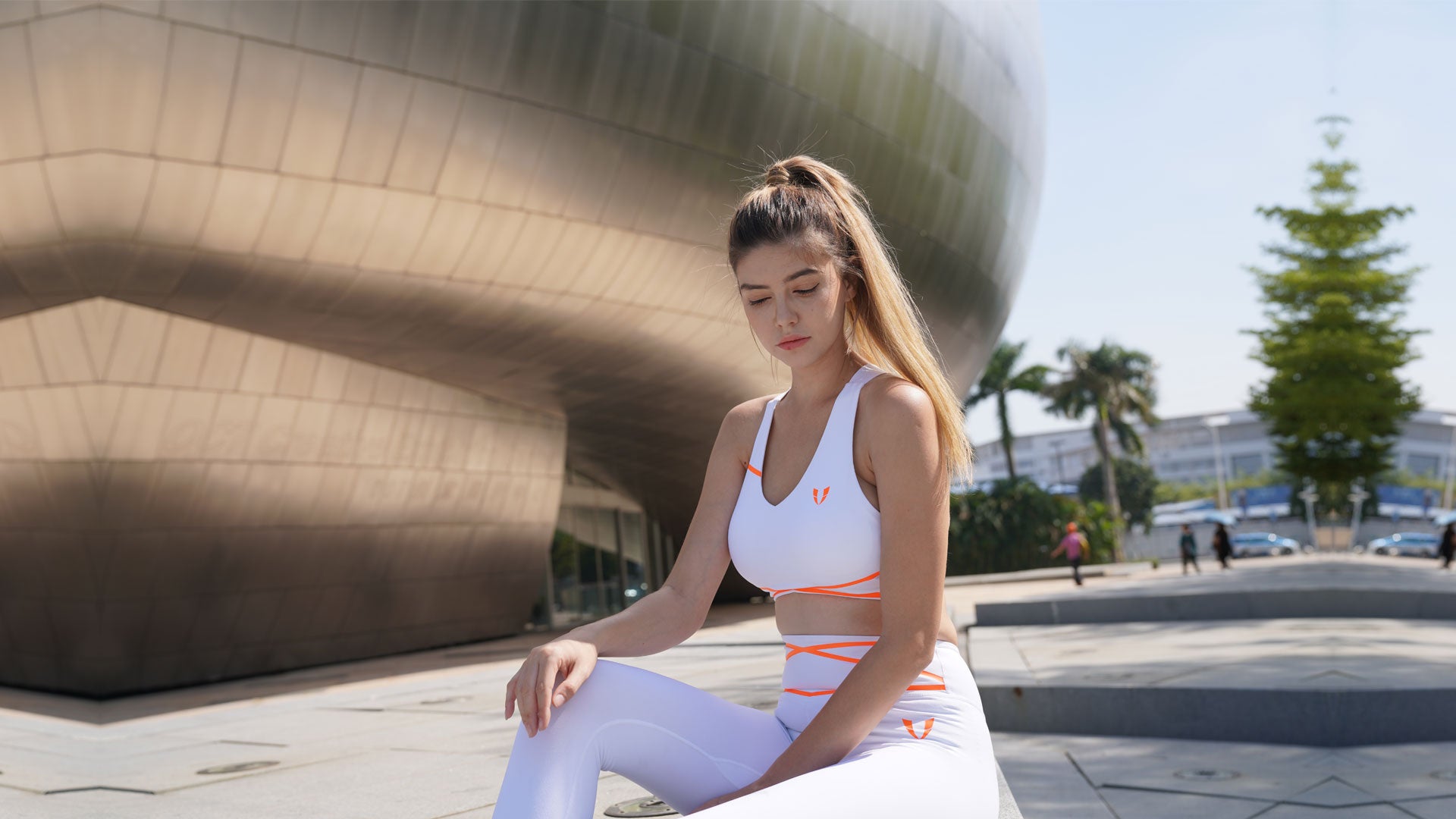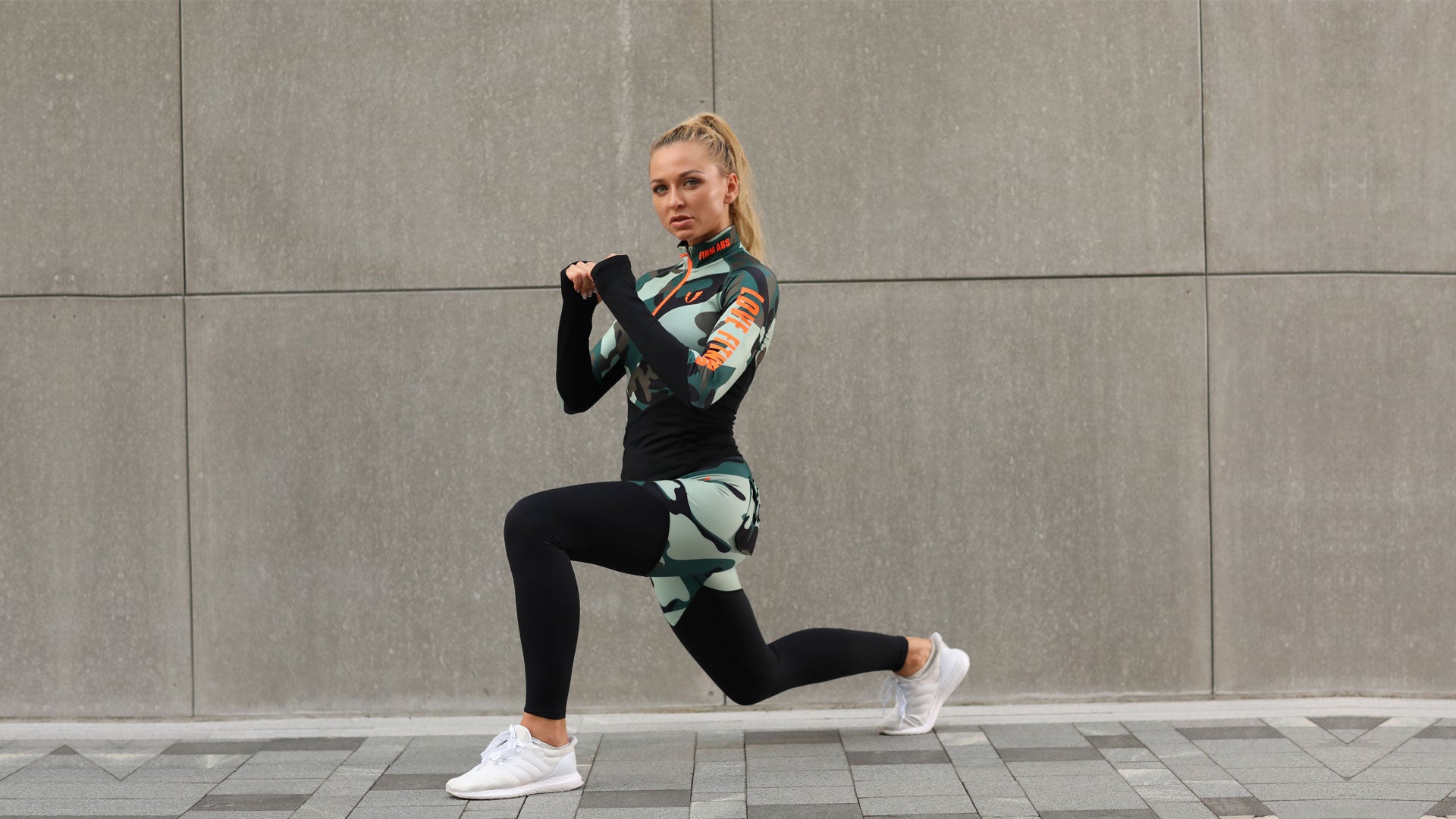
How to Monitor Exercise Intensity?
Exercise intensity is a measure of how much energy you are using as you exercise. Your exertion level tells you how much you are getting from your workout. To exercise as efficiently as possible, you will want to keep an eye on how much you are exerting yourself. There are different ways to do this. Here are some of the more effective and simple methods of monitoring exercise intensity:
Target Heart Rate
Target heart rate is the way most people determine their exercise intensity. It is accurate and simple to calculate. Your target heart rate represents a range. You will need to keep your heart rate within that range to be training aerobically.
Target heart rate is expressed in percentages of your maximum heart rate. While your fitness level dictates the intensity of your workout, you should stay below 85 percent of your maximum heart rate but above 60 percent of it. According to the Centers for Disease Control, moderate physical exercise is between 64 percent and 74 percent of your target heart rate. If you are a beginner, you will want to exercise at the lower end of the range and gradually increase your intensity. If you are at a higher fitness level, you will want to stay at the higher end of the range.
The formulas for calculating target heart rate are the Maximal Heart Rate Formula and the Karvonen Formula. The Maximal Heart Rate Formula is 220 minus your age. The Karvonen formula is a little more complicated since it factors in both age and resting heart rate when calculating your target heart rate. It is your heart rate reserve multiplied by maximal heart rate percentage plus your resting heart rate.
To maintain a consistent activity level, you should monitor your heart rate as you exercise and try to stay within the ideal range. Do this by checking your pulse regularly as you exercise or wear a heart monitor to make the process as easy as possible.
Talk Test
The talk test method of measuring exercise intensity is arguably the simplest. The simple explanation is that you talk while exercising. If you can talk, your exercise is not intense enough; if you can’t, your workout is probably too intense so you might want to step it back a little. According to research from the University of Ottawa Heart Institute, the talk test is useful for monitoring intensity during various kinds of exercise including jogging and cycling but may not be the best tool if you are in high-intensity interval training.
Rate of Perceived Exertion (RPE)
The RPE scale measures exertion by the amount of effort you feel you are expending. In other words, physical sensations like your respiration rate and muscle fatigue are what you use to measure exercise intensity. Other sensations include a faster heart rate, faster breathing and a higher body temperature. Remember that a high body temperature is not always an indication of exertion, especially if you are wearing the wrong gear. Along with steps like staying hydrated as you exercise, you can prevent overheating with a FIRM ABS workout clothes since less restrictive clothes can help to keep you cool.

With the RPE method, you will rate the sensations with adjectives or on a scale of 0 to 10. The resting-state will be a 0 and the 10 being the most intense state of exertion possible. The descriptors and numbers you use will depend on your current level of fitness and your attitude to exercise. The recommended RPE for most adults lies between a 5 and a 7.
The original scale of exertion is the Borg RPE scale which is a 14-point scale that starts at 6, which is no exertion. It goes to 20, which is maximum exertion. With the Borg scale, you can get an estimate of your heart rate for a given activity level. Simply take your RPE number and add a 0 to get your heart rate. For example, if you estimate that you are exercising at a 9 then your heart rate would be 90 beats per minute. Note that the scale gives you an approximate heart rate, not an exact one. The Borg scale is intended to make it easier for you to track the intensity of your workout so that you are always aware of how hard you are exercising and can stay at the intensity level that will help you to achieve your fitness goals. If you believe that your exercise intensity level merits a 9 on the Borg scale - which is considered “very light” - and you want a more intense workout, you would aim for at least a 13. The Borg scale describes 13 as “somewhat hard.”
Motion Sensors
Motion sensors can be used to track steps and other forms of movement. Wearable motion-sensing devices can monitor the type and amount of a particular physical activity. Gyroscopes accelerometers and other physiologic sensors are common in the modern era and can be found in smartphones and other devices. When used correctly, these devices can give a reasonably accurate estimate of your physical activity level.
How to Ensure Accuracy?
If you want to measure your exercise intensity as accurately as possible, try using multiple methods. Combine the RPE and target heart rate methods by determining your RPE number when your heart rate is between 50 and 70 percent of the maximum rate. You can use this RPE number to monitor exercise intensity in future workouts when it may not be possible to measure your target heart rate. You can use motion sensors along with any of the methods above. The objective in all cases will be to aim for a moderate intensity level as this will provide the greatest health benefits.
Exercising at the right intensity level for your age, fitness level and health status is essential. Staying in the right range enables you to maximize the benefits from your workout while keeping the risk of injury and other medical issues low.



コメントを残してください
このサイトはhCaptchaによって保護されており、hCaptchaプライバシーポリシーおよび利用規約が適用されます。